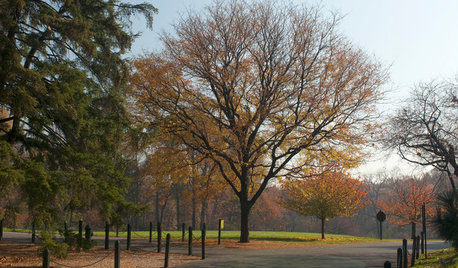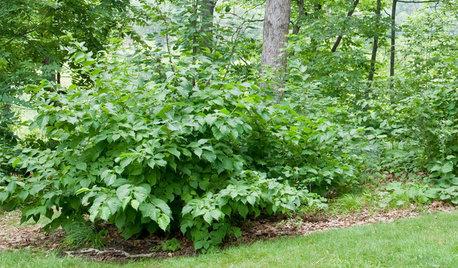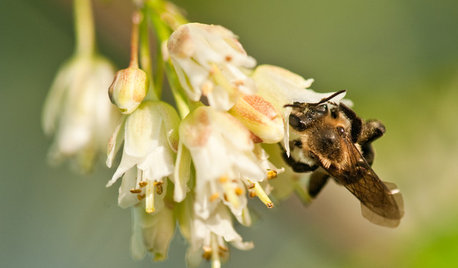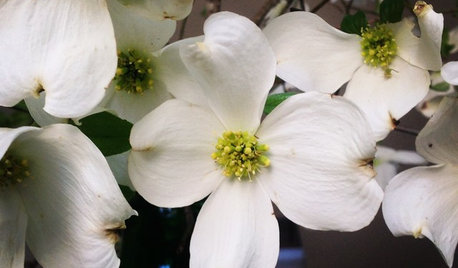canker
lainey2 VA
10 years ago
Related Stories

SIDE YARD IDEASNarrow Trees for Tight Garden Spaces
Boost interest in a side yard or another space-challenged area with the fragrance and color of these columnar trees
Full Story
GARDENING GUIDESSpring Citrus Care Reaps Months of Sweet Rewards
Learn how to tend citrus trees in spring and ways to preserve their delicious fruit
Full Story
WINTER GARDENINGPruning Secrets for Exquisite Roses
Encourage gorgeous blooms year after year with this time-tested advice on how to prune your rosebush in winter for health and shape
Full Story
GARDENING GUIDESGreat Design Plant: Eastern Redbud
With romantic pink blooms and heart-shape leaves, this ornamental tree has been inspiring affection since the days of the founding fathers
Full Story
MATERIALSWoodipedia: Walnut Wows in Traditional and Modern Settings
With its rich color and lustrous polished finish, walnut is a favorite wood for all kinds of millwork
Full Story
GARDENING GUIDESGreat Design Plant: Honey Locust Tree
No, it doesn't actually produce honey. But its dappled light and tolerant nature are treats in city and country settings alike
Full Story
PLANTING IDEASDesigning With Conifers: How to Unite Your Landscape
Create a landscape full of intrigue and artistry with the right placement of conifers and their supporting players
Full Story
GARDENING GUIDESGreat Design Plant: Corylus Americana Awakens the Woodland Garden
Plant American hazelnut for three seasons of interest and to feed our furry and feathered friends
Full Story
GARDENING GUIDESGreat Design Plant: Staphylea Trifolia Shines in the Shade
Plant American bladdernut for 3 seasons of interest: spring flowers and striped brown branches and bladder-like seedpods in fall and winter
Full Story
GARDENING GUIDESGreat Design Plant: Cornus Florida Benefits Wildlife
Flowering dogwood provides fiery red foliage in fall and beautiful springtime blooms
Full StoryMore Discussions







dublinbay z6 (KS)
nickl
Related Professionals
Danbury Landscape Architects & Landscape Designers · Forest Park Landscape Architects & Landscape Designers · Quincy Landscape Architects & Landscape Designers · Paradise Landscape Architects & Landscape Designers · East Patchogue Landscape Architects & Landscape Designers · Allentown Landscape Contractors · Commack Landscape Contractors · Desert Hot Springs Landscape Contractors · Federal Way Landscape Contractors · Fort Payne Landscape Contractors · Huntington Landscape Contractors · Lynchburg Landscape Contractors · Old Saybrook Landscape Contractors · Pleasanton Landscape Contractors · Sammamish Landscape Contractorsdublinbay z6 (KS)
michaelg
nickl
lainey2 VAOriginal Author
rosetom
jim1961 / Central Pennsylvania / Zone 6
michaelg
dublinbay z6 (KS)
michaelg
michaelg